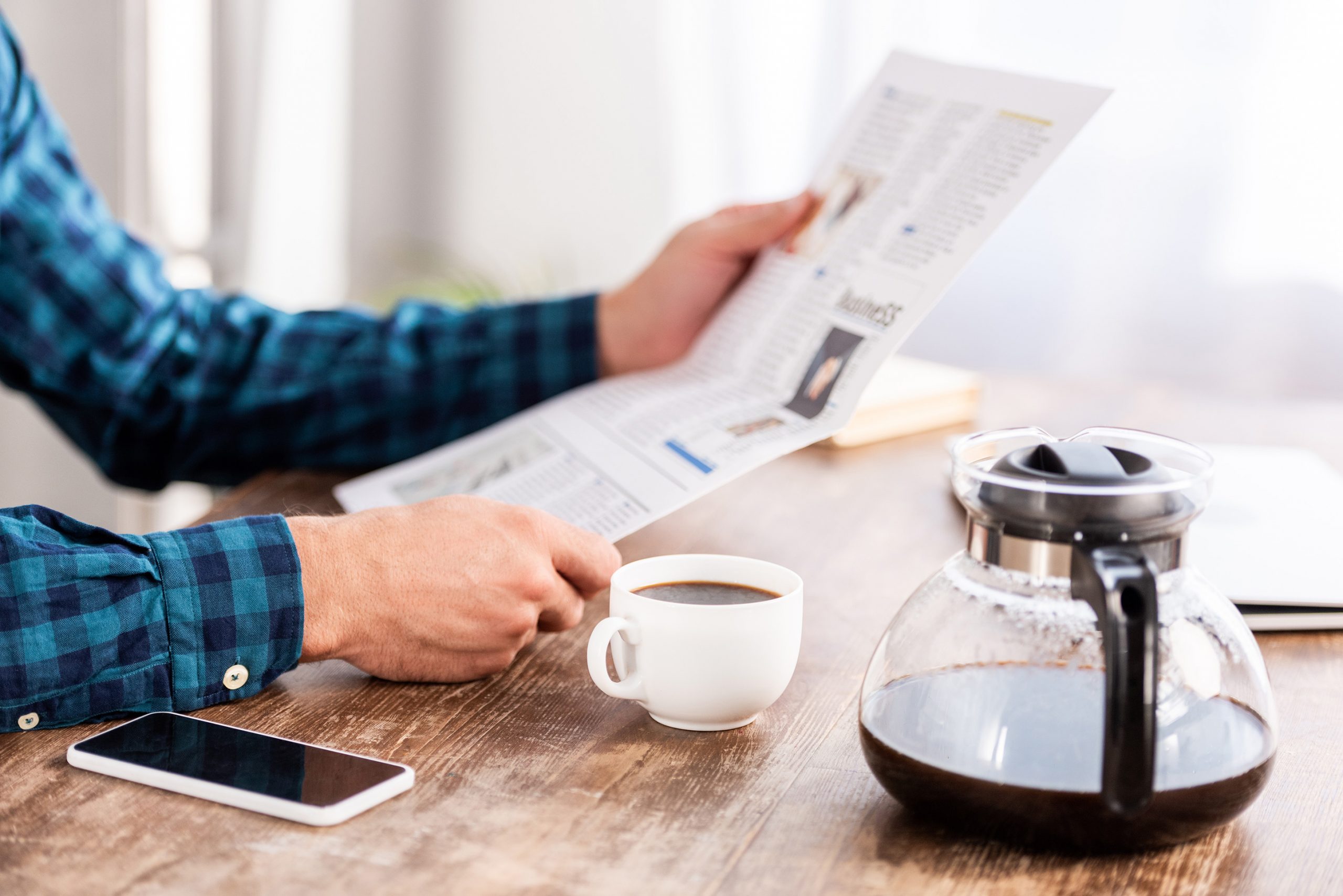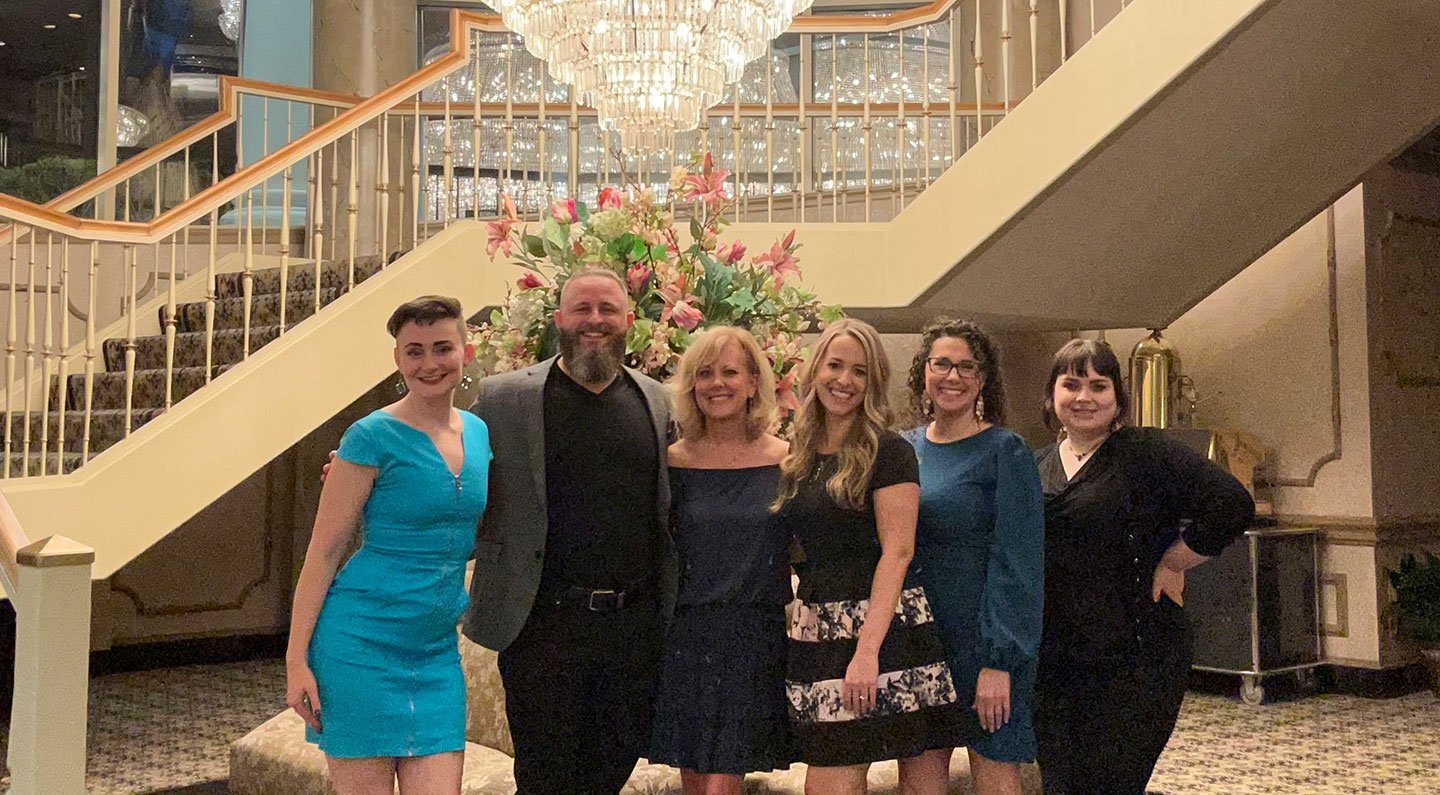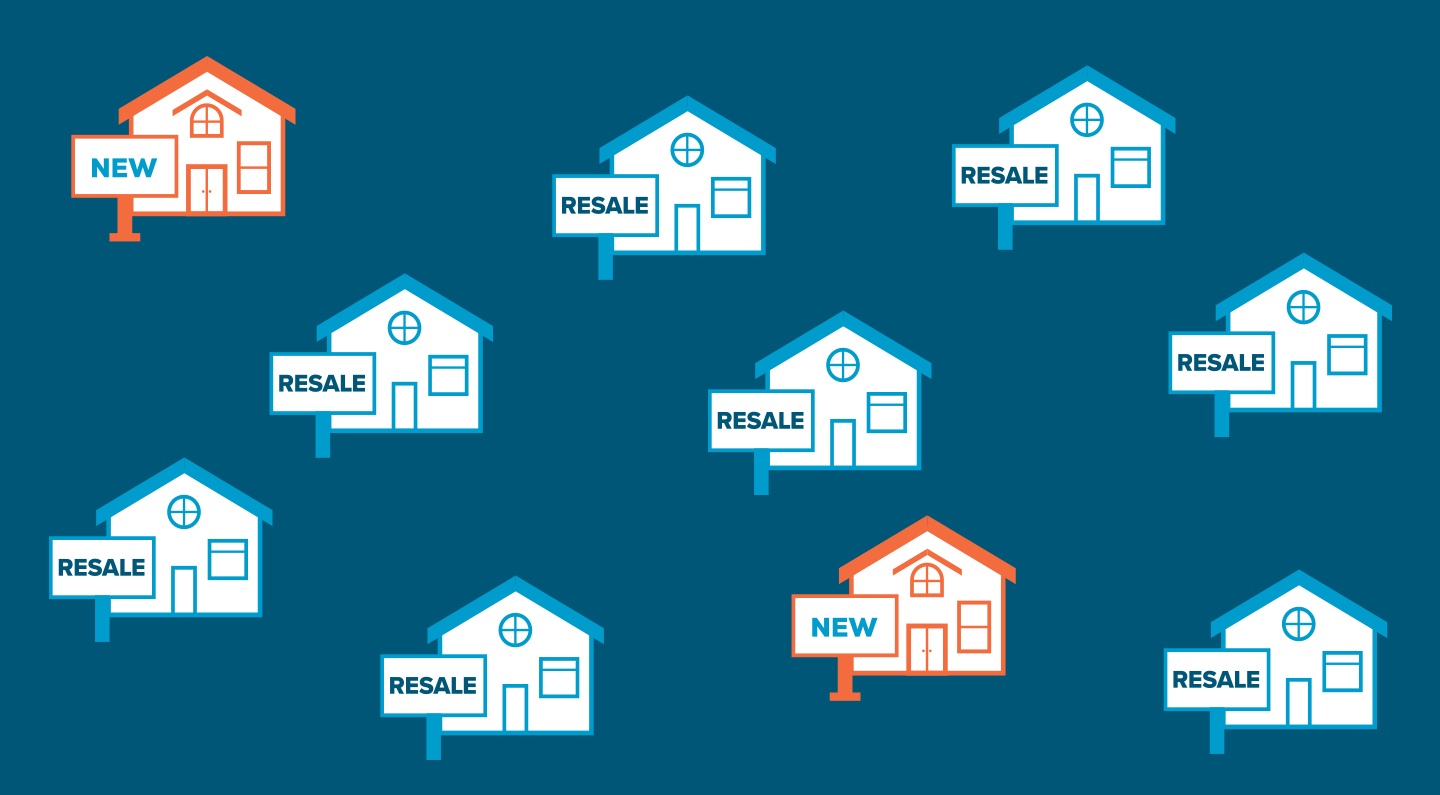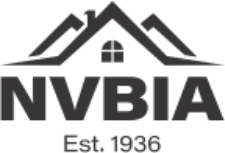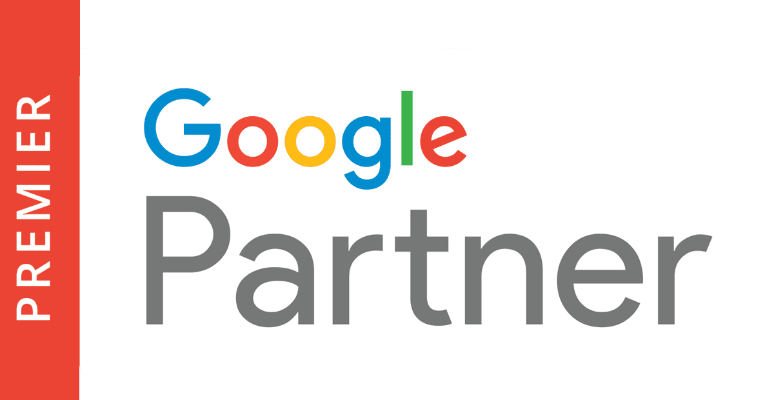The marriage of words and pictures (and how both affect user experience)
This blog has an image above it.
And that carefully curated and designed header image accents and complements these words. An image that gives you a taste of what these words will be discussing. There are even words incorporated over the image.
But why?
Why do we need both images and words in a blog post? Why, for that matter, do we need both images and words in any webpage?
The answer is three-fold. Let’s explore.
1. Words impact SEO
When designing a page to optimize its search engine performance, the first thing most marketers do is keyword research. Short-tail or long-tail, doesn’t matter—you can’t have “keywords” without “words.”
But that just makes sense. Words are information, and a search engine’s job is to provide the most accurate information as quickly as possible.
All the words, then, are crawled and scrutinized by search engines. To appear higher on Search Engine Results Pages (SERP), all the words must inform and support the keywords. They have to be relevant.
But words are not alone. As stated before, they are normally paired with images.
2. Images impact SEO
Images impact SEO in two unique ways: user engagement and page load time.
According to Anjan Chatterjee (Professor of Neurology, University of Pennsylvania), “. . . The brain responds automatically to beauty.” Your brain is evolutionarily programmed to respond to beautiful, impactful images. Professor Chatterjee also found that beautiful images can activate movement centers in the brain, causing the viewer to move closer to those images.
Yes, that’s right: images can actually elicit a physical response from users, increasing their level of engagement to the information presented. This keeps a user on the page exploring the images and words, and can also prompt visits to other pages on the site. Search engines monitor this activity.
Images also greatly affect page load times. We’ve known for some time now that Google, for example, uses page load time as one factor in determining page rankings. Images are quite often the culprit in longer load times.
An oldie, but oft-quoted, goodie: research from Aberdeen found that one extra second in page load time impacts page views by 11%, conversions by 7%, and customer satisfaction by 16%. Images, therefore, must be optimized, so pages can also be optimized to load faster.
By engaging users and contributing majorly to fast page loads, exceptional images can give SEO a visual (pun intended) lift.
3. Words and images together impact the user experience
The marriage of words and images (and, by extension, visual design) is the face of the user experience. Users read the words and look at the images, and their intertwining sensory impact affects every aspect of the user’s interaction with your company, message, and product.
Give users a better experience and they’ll stay longer on your site, digesting even more of your content. They will trust you as an information source and become a repeat visitor. They will subscribe to your newsletters, engage with your company, and (hopefully) share with others.
Not only will those shares organically spread your reach (70% of people trust shares from friends and family, while only 15% trust messages direct from a company), they also send signals to search engines. And those search engines will analyze these new statistics and connections, and boost your ranking on SERP.
And then video, the next-level union of words and images, turns the advantages of all these SEO and user experience rewards up to eleven.
But, that’s a story for another day.

